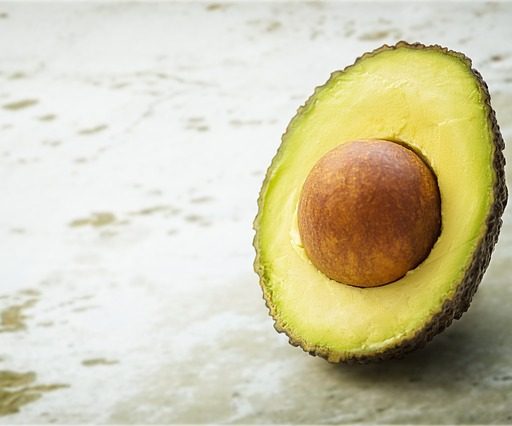Muscle Soreness: What is It And What to Do About It
What exactly is DOMS and what can you do about it?
Delayed onset muscle soreness(DOMS) is something we’ll all probably have to deal with at one time or another. You work out, your muscles hurt; sometimes more than others. This pain can last up to a week and be a real pain in the butt.
What It Is Not:
DOMS is not a buildup of lactic acid in the muscles. This is a common misconception that needs to be dropkicked back into the 1980s where it belongs. Furthermore, though this may be considered semantics at this point, the human body does not even create lactic acid. It creates blood lactate and that is something completely different. Lactic acid contains another proton and is not created by the body at all. Blood lactate is not responsible for DOMS in anyway.
Somewhere along the line, trainers started talking about lactic acid as though it were blood lactate. The words became synonymous and that’s too bad because the two things are different. However, it’s neither here nor there because they are not responsible for delayed onset muscle soreness.
What It Also Is Not:
DOMS also is not micro-tears or damage to the muscle. Once it was established that lactate (or as many people call it lactic acid) could not be responsible for delayed onset muscle soreness, researchers tried to figure out what it could possibly be. One possible theory was that there was it actually micro damage happening to the muscles. We now know that this is not the reason for delayed onset muscle soreness.
So if it’s not lactic acid and it’s not micro tears, what is it?
What It Is:
Delayed onset muscle soreness or DOMS is also referred to as mechanical hyperalgesia. It is pain that is brought on by the lengthening (or eccentric contraction) of a muscle during work. During this time, a peptide hormone called Bradykinin is released and this stimulates up-regulation of another hormone called Nerve Growth Factor. The two combine to create a delayed pain onset hours or days after training. We know this to be true, because they can synthetically produce Bradykinin and inject it into shortening muscles, and this produces the same delayed soreness effect.
As Bradykinin is only released during eccentric contraction it must be present together with Nerve Growth Factor in order to produce this soreness.
The good news is that the soreness is completely harmless. It will pass on its own, or you can elevate the temperature of the tissues that are affected by further exercise and the pain may come down.
What Can You Do About It?:
You can’t effectively train a muscle without the eccentric range of motion, so so there’s no way to reliably eliminate Bradykinin from your strength training protocols. So at this point, it seems like it’s something we’re all just going to have to live with.
It’s a good feeling. It’s a good kind of hurt and you earned it, so enjoy. It means you’re on your way!
I just want to thank you for reading this! I’d love to have you come in and we can talk about this and other fitness misconceptions. We’ll get you on the path to true strength where a little soreness will be the least of your problems. 😉
The Trainer


